Frohnradstraße 2
63768 Hösbach
Tel.+49 (0) 6021 62998-100
Fax +49 (0) 6021 62998-99
Dressing material
Whether at home, during sports or at work - accidents or injuries happen quickly. So that you are prepared for an emergency and can start treating wounds as quickly as possible, we have a selection of dressing material that no first aid kit should be without. Dressing material is extremely practical, as injuries can be treated in time and infections and scarring can be prevented. Here you will find a selection of dressing material for the first aid and treatment of wounds.
Filter products
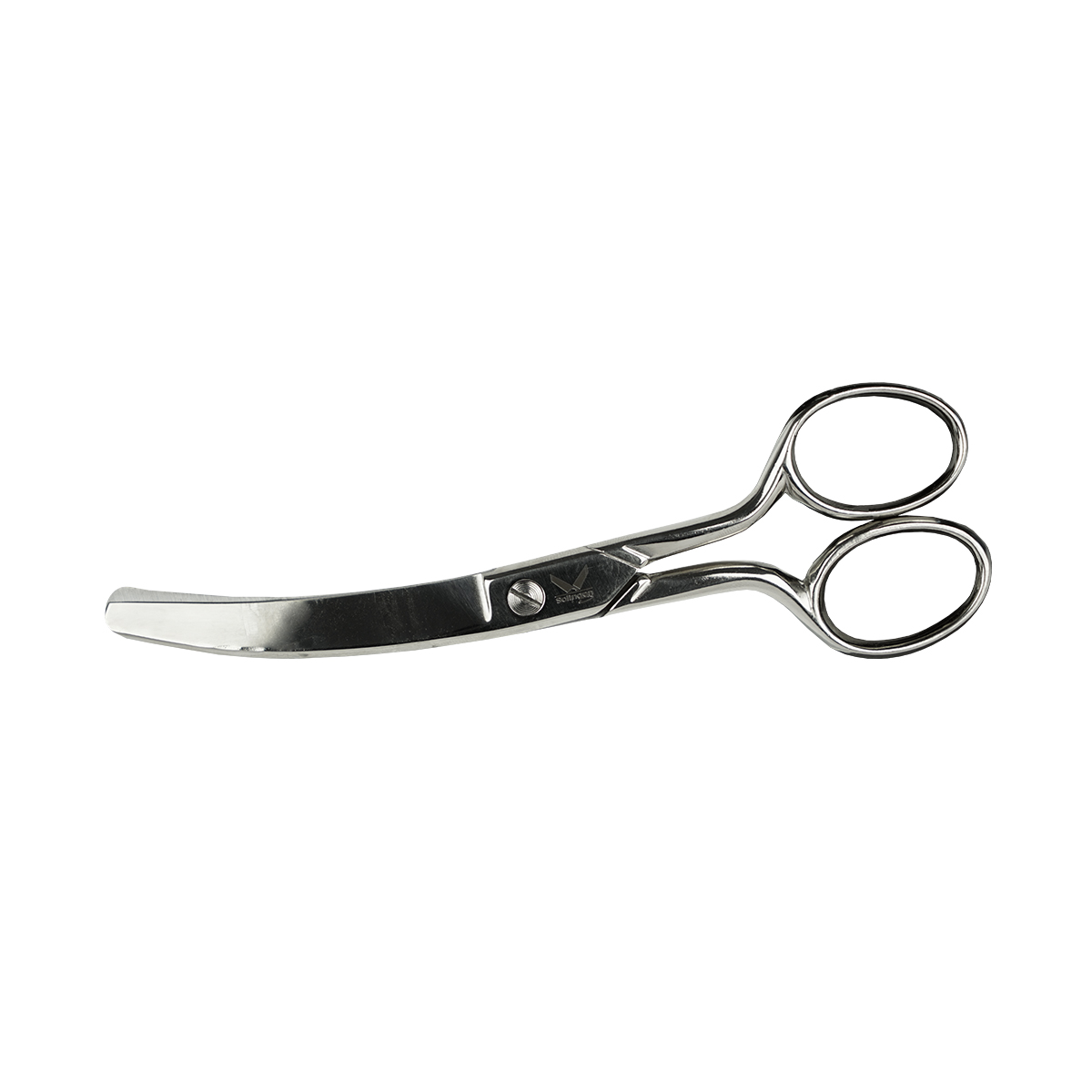
Not just a practical helper, but a tool of true quality: with the Kretzer Bandage Scissors, you're always well equipped. The curved, rounded blade design prevents accidental injuries, allowing you to carry the scissors safely in your pocket. They also make it easy to cut and remove bandages quickly and safely. Thanks to their excellent craftsmanship, the scissors sit perfectly in your hand without slipping.The bandage scissors are completed by their "Complete" functionality. No matter, when, where, or in what situation. You can rely on this all-round product at all times: in medical practices, on the sidelines during sports care, or in the locker room.About the manufacturer:Solingen - Germany's renowned city of blades and cutlery. With modern technology and cutting-edge production methods, Kretzer manufactures over 23.000 scissors each week, supplying customers worldwide. Decades of experience and exceptional quality go into creating their gardening, industrial and specialty scissors.Product details:Sharp and rust-freeTotal length: 15 cmProfessional grade steel30-year warrantyPerfect for on the goMade in Germany
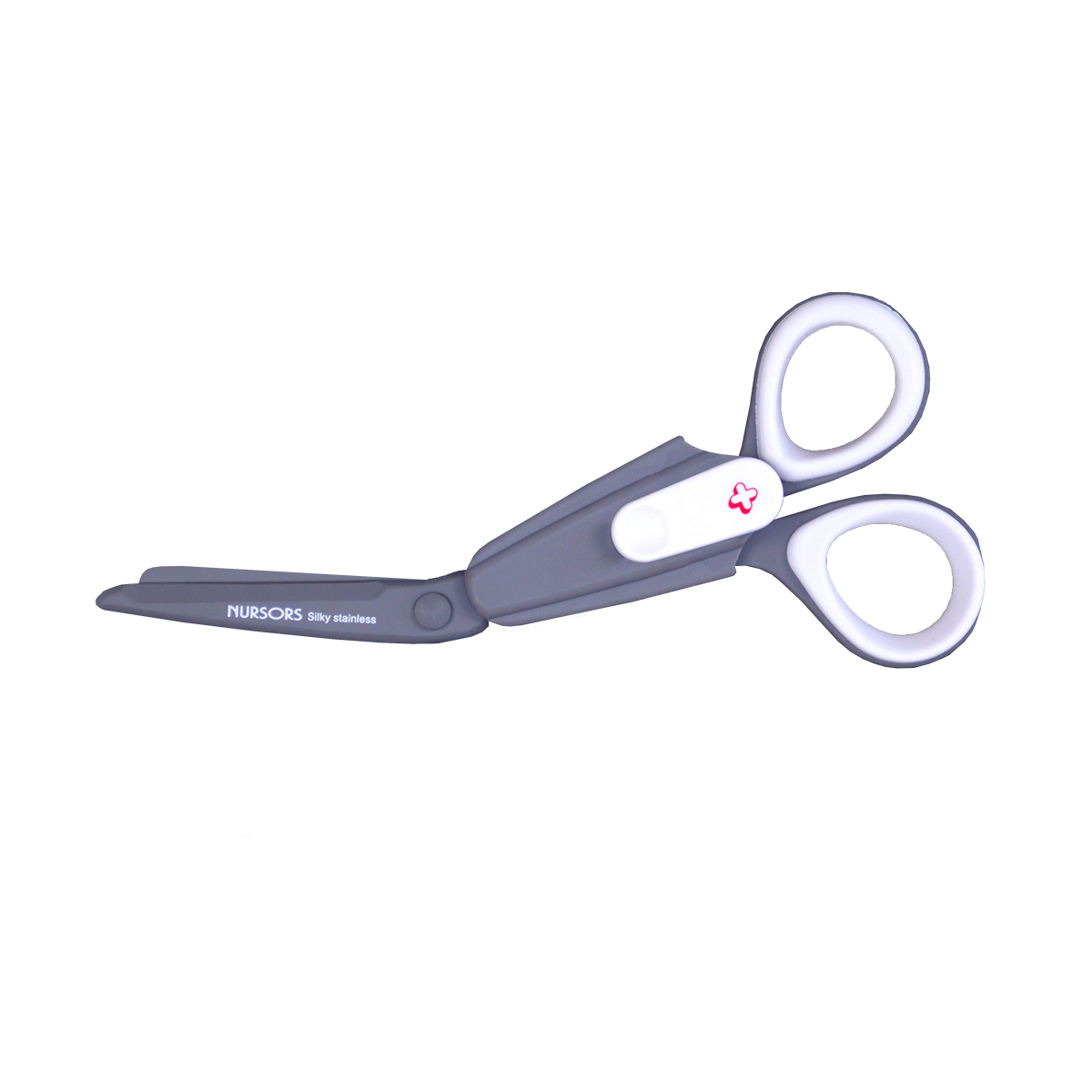
These Japanese taping scissors have cutting surfaces which are coated with Teflon. This coating prevents the acrylic adhesive from penetrating into the metal pores of the cutting edges. At with proper handling the scissors retain their sharpness for years. Product details: Length: 16 cm Scissors made of very light material Cut surfaces very sharp and resistant Teflon coating prevents adhesive residues Rust-free and therefore durable Very good handling Original production in Japan!
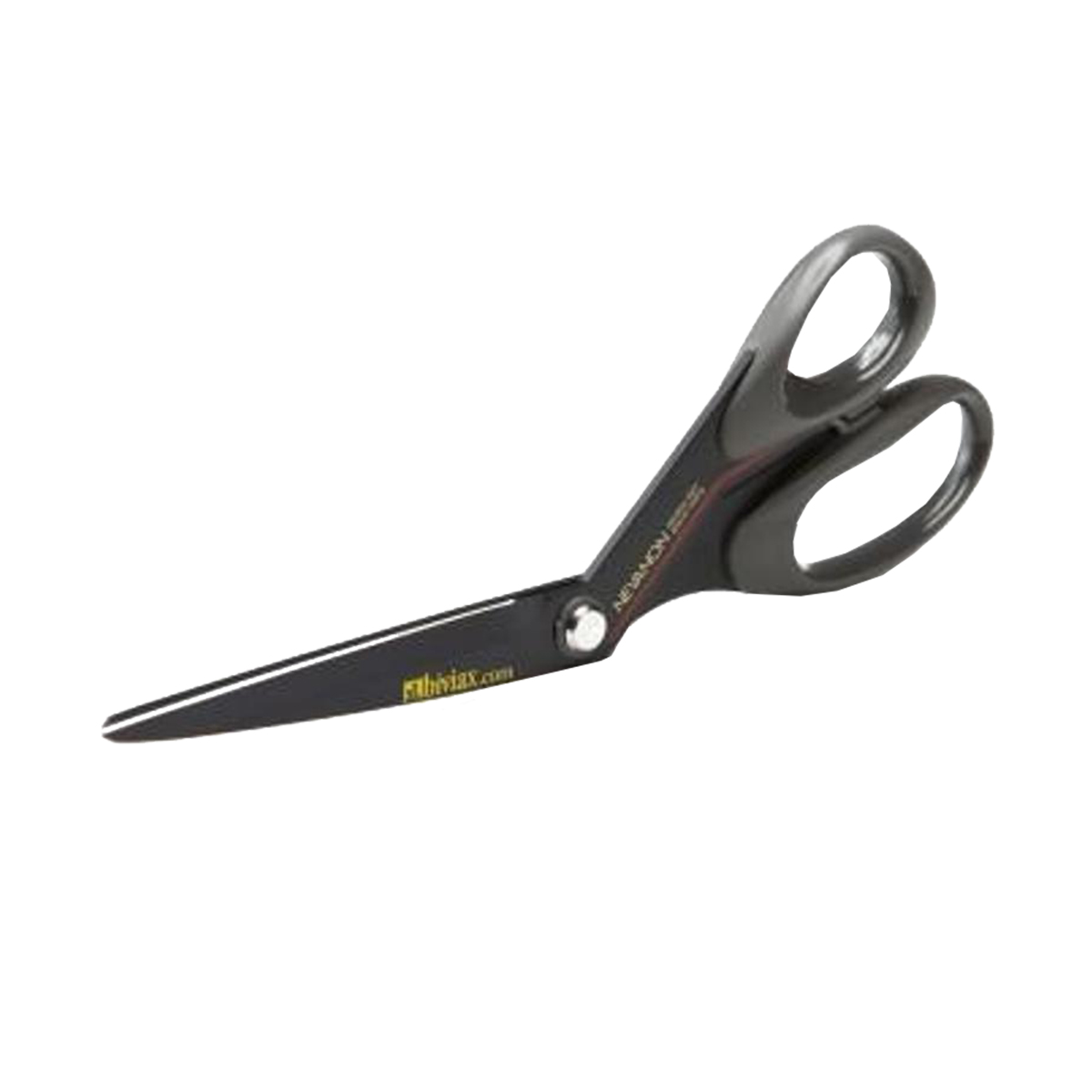
These Japanese taping scissors have cutting surfaces which are coated with Teflon. This coating prevents the acrylic adhesive from penetrating into the metal pores of the cutting edges. At with proper handling the scissors retain their sharpness for years. Product details: Length: 21 cm Scissors made of very light material Cut surfaces very sharp and resistant Teflon coating prevents adhesive residues Stainless and therefore durable Very good handling Original production in Japan!
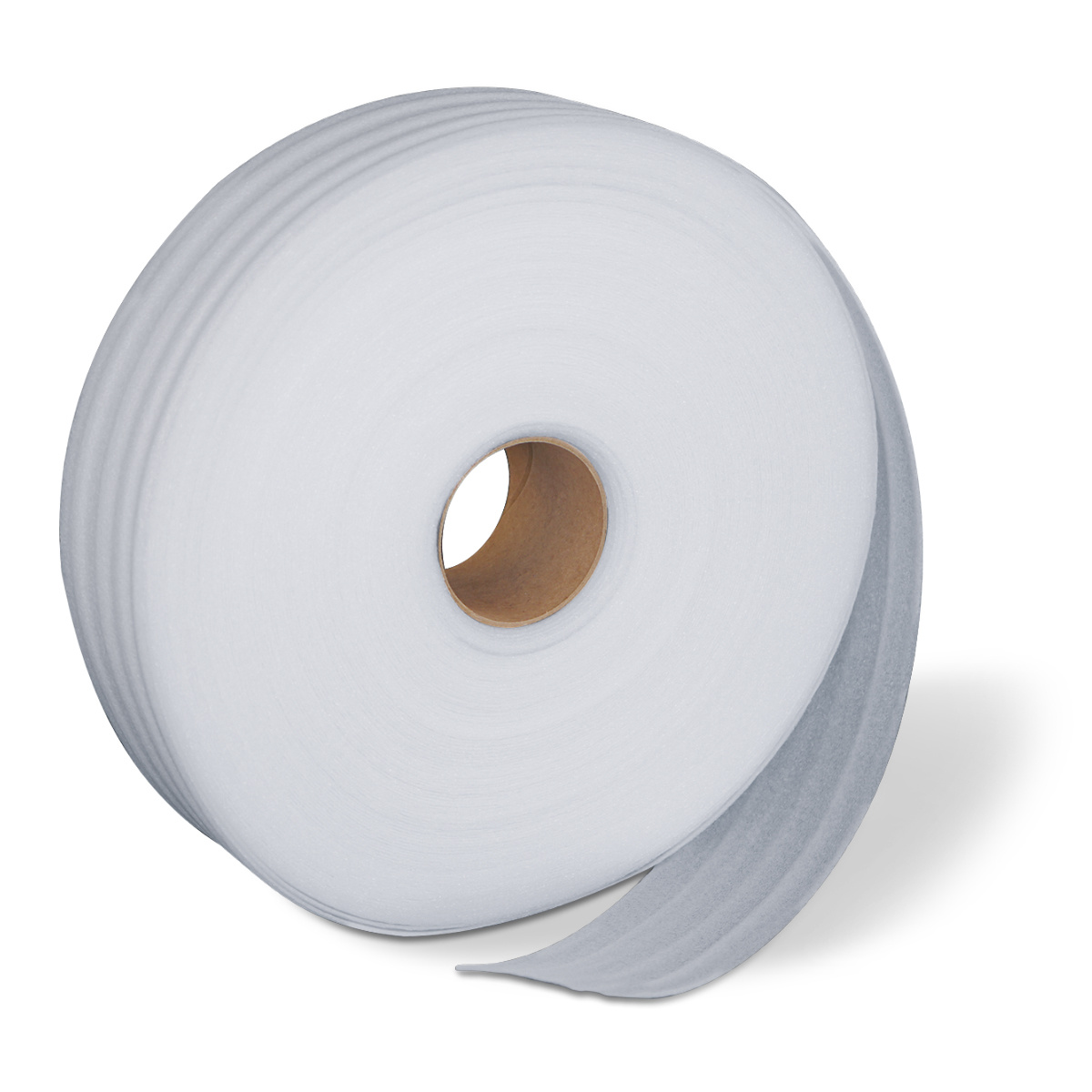
Heel & Lace Pads - to protect the skinThe rolls with foam pads protect the skin and especially the sensitive areas from pinching and friction. It is recommended to apply lubricant cream between the skin and the foam to achieve the optimum level of protection. Product details: Content: 2 rolls Colour: white
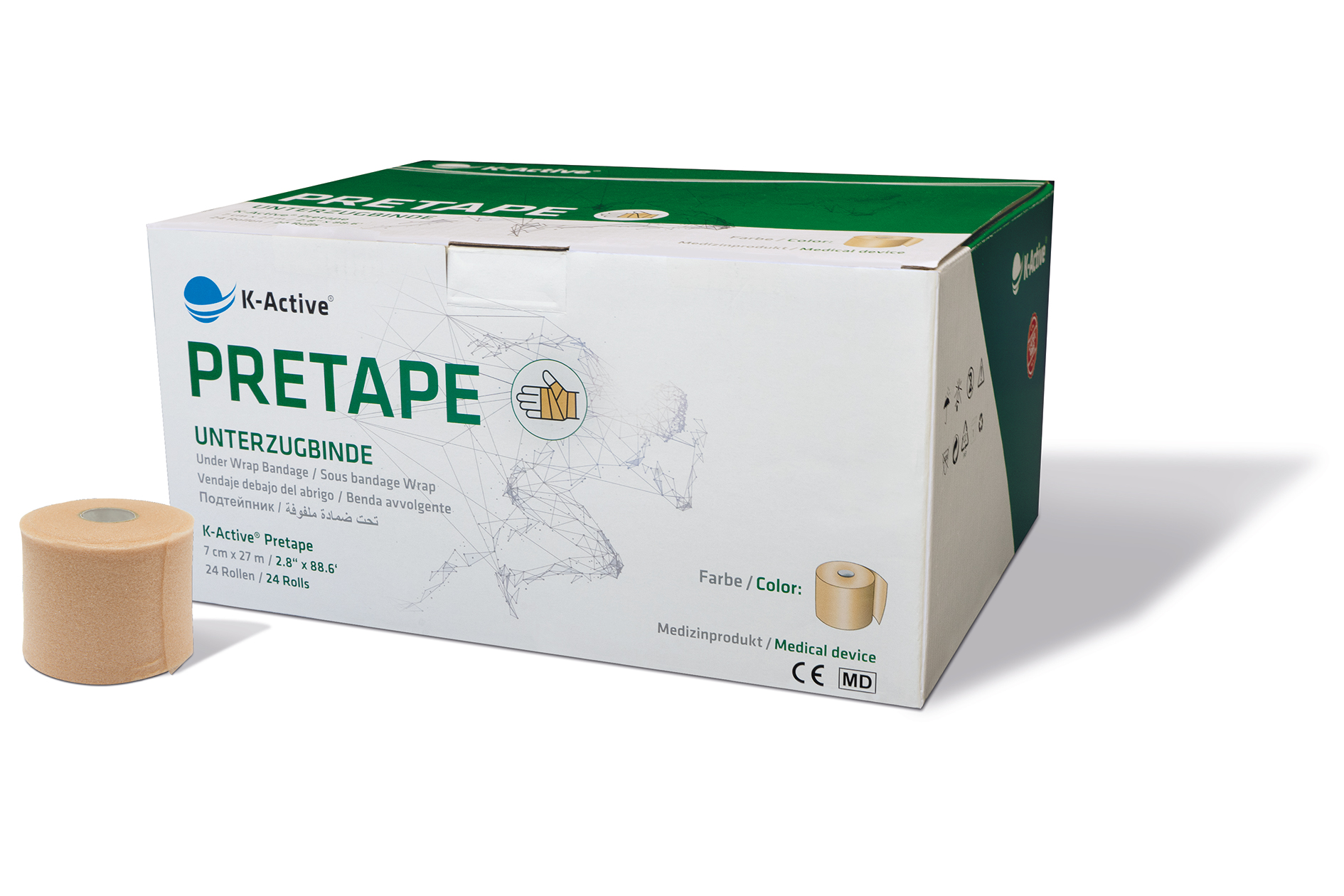
K-Active® PreTape - Underwrap Bandage Discover our new underwrap bandage, the invisible protection layer for your skin! It provides the ideal barrier when applying sports tape or other adhesive bandages, helping to prevent skin irritation. When removing adhesive tapes, the underwrap ensures your skin stays unharmed and protected.It can also be used during ointment applications to keep clothing clean. Alternatively, the PreTape is perfect for securing wound dressings or cold packs. Whether during training or competition, this underwrap bandage is your reliable companion. With the practical box of 24 rolls it's always ready when you need it.Product Details:Color: beigeContent: 24 rolls per boxSize per roll: 7cm x 27mMedical deviceMaterial: Polyurethane foamLatex-free
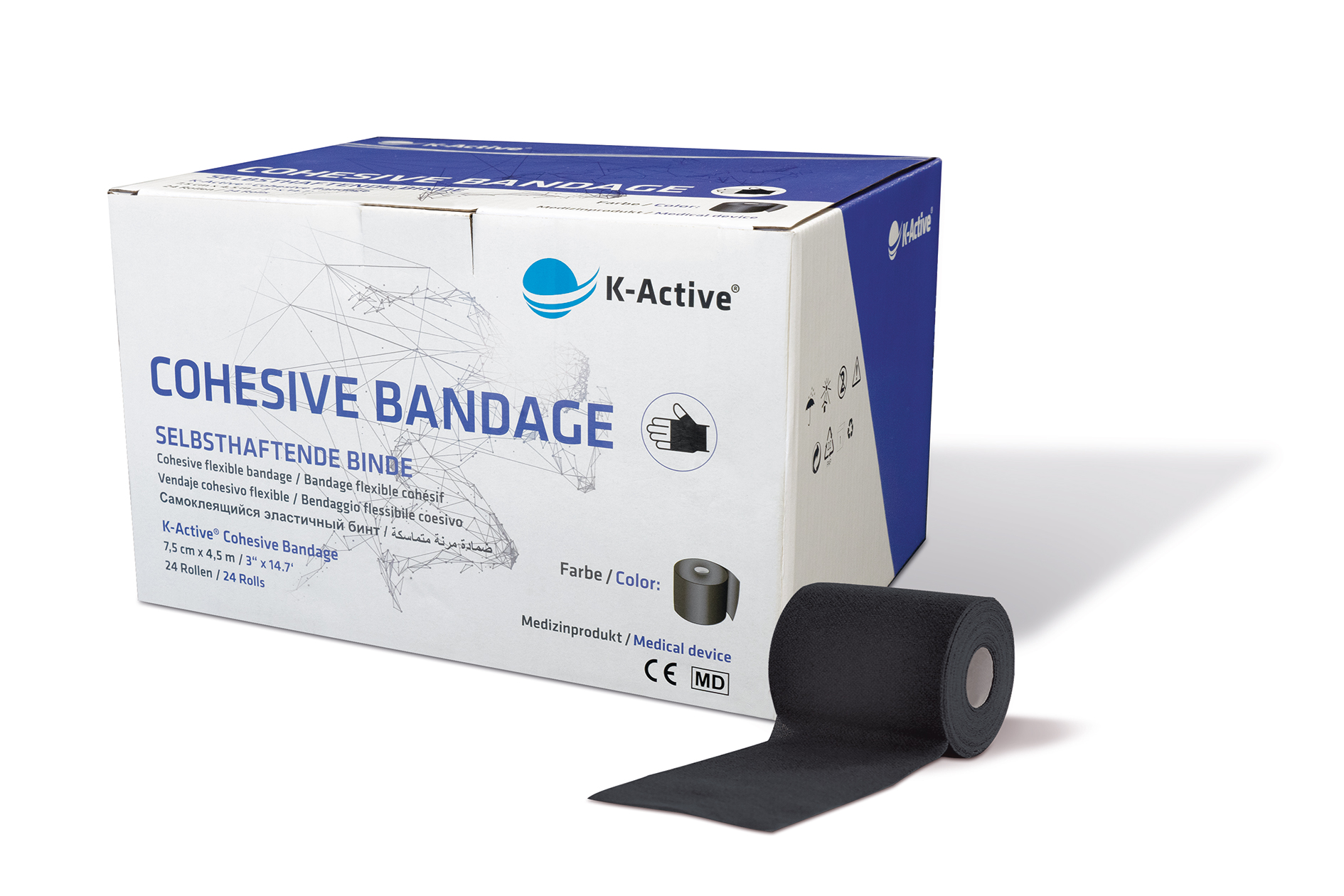
K-Active® Cohesive Bandage - Self Adherent WrapThe K-Active® Cohesive Bandage is your go-to wrap for reliable and long-lasting compression. Its self-adherent design makes it ideal for treating closed injuries or securing (cold) compressed. Whether in sports-clubs, athletic training or physiotherapy, this bandage is an essential item for every sports and medical kit.Product details:Color: BlackElasticSelf-adherentNon-sterileEasy to tear by handContents: 24 rolls per boxSizer per roll: 7.5cm x 4.5mMedical deviceComposition: Polypropylene, natural latex adhesiveContains natural rubber latex, which may cause allergic reaction
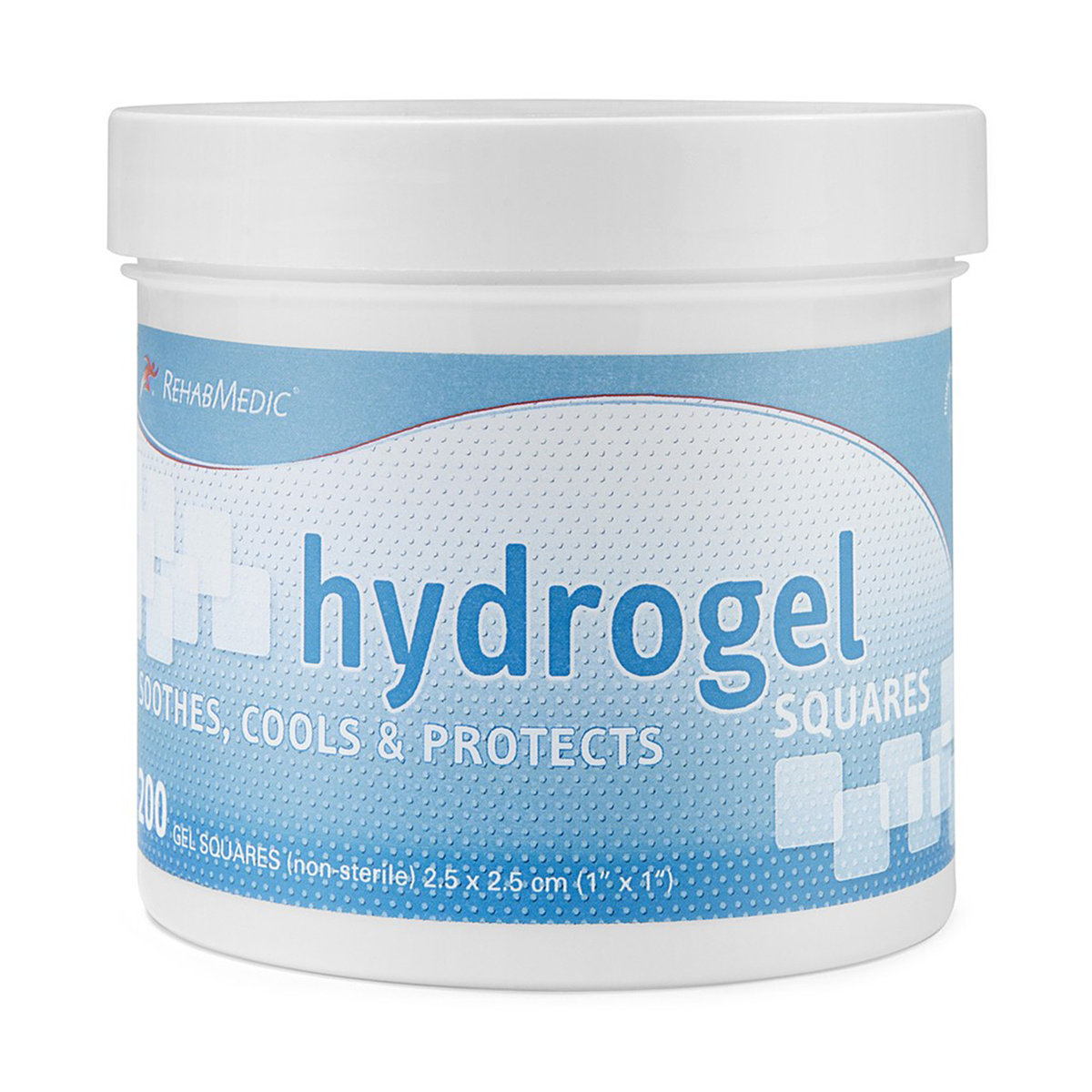
Rehab Medic's gel pads in the form of circles or rectangles help to protect the skin against pressure, friction and blistering. Details: -Components: at least 80% purified water and 4% polyethylene oxide.
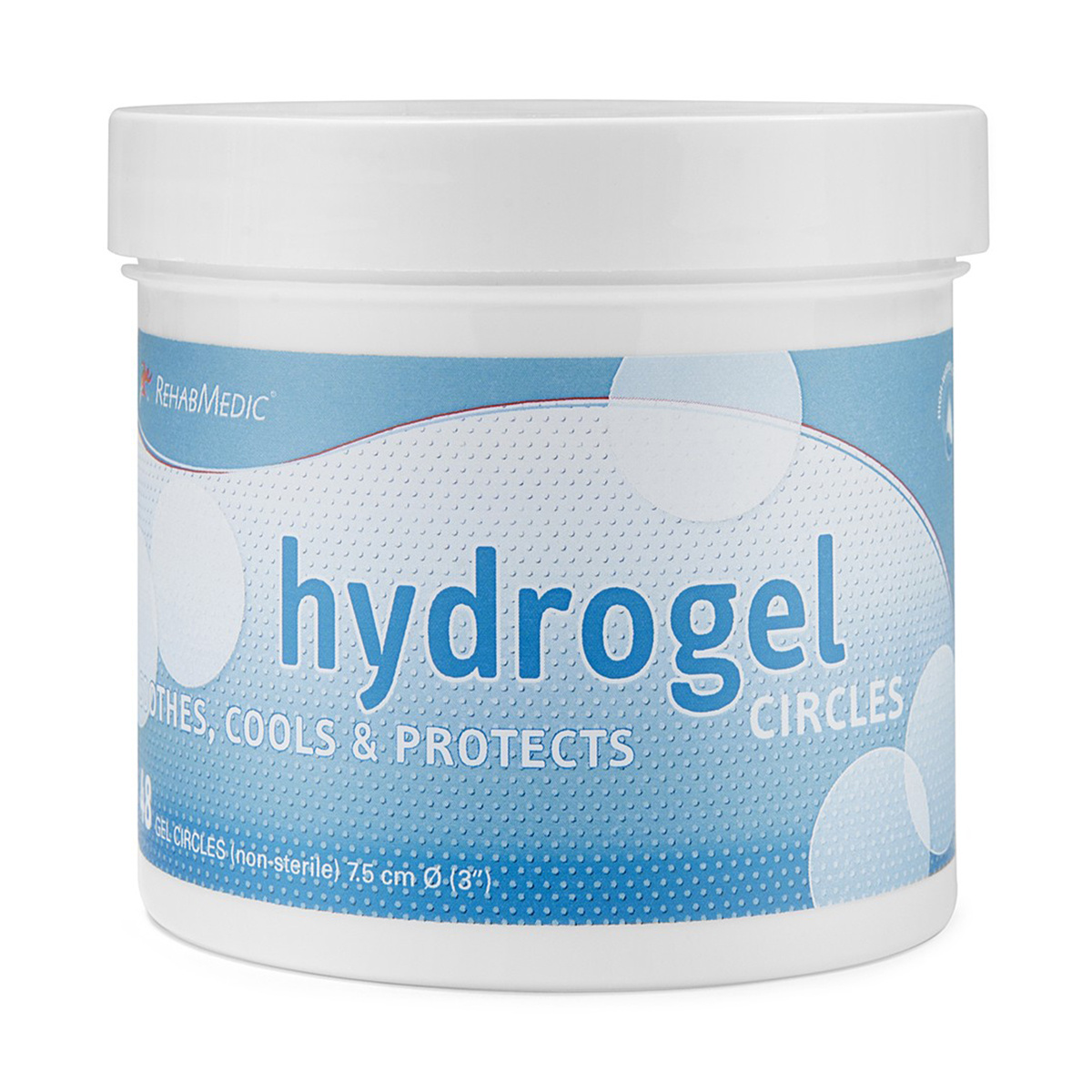
Rehab Medic's gel pads in the form of circles or rectangles help to protect the skin against pressure, friction and blistering. Details: -Components: at least 80% purified water and 4% polyethylene oxide.
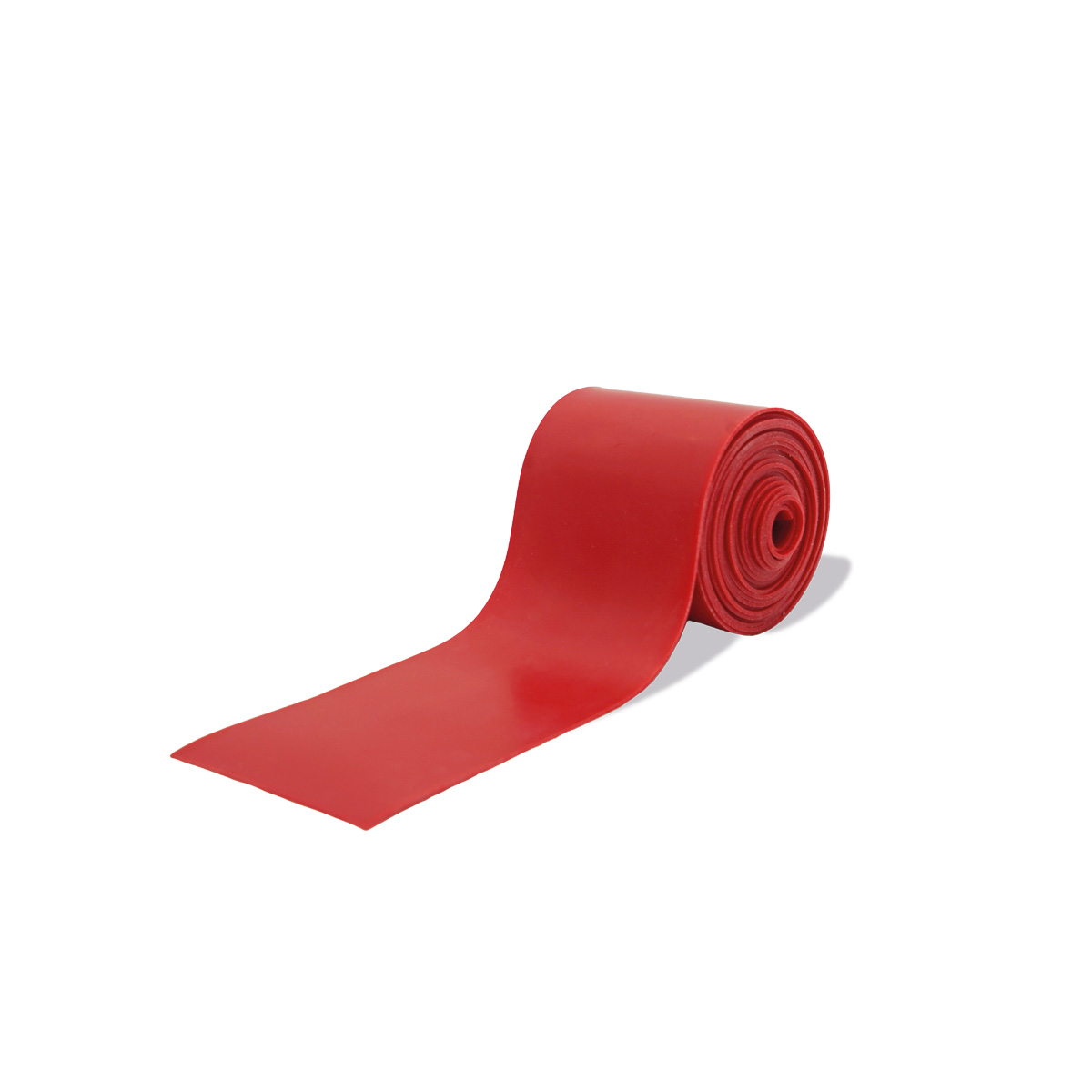
Medical Flossing Band - Effective Support for Therapy, Training and RecoveryThe Medical Flossing Band is a versatile therapeutic tool designed to improve mobility, reduce pain and support recovery processes. Developed for use in physiotherapy, sports medicine and functional training, it is applied to mobilize and relieve joints and muscles through short-term copression techniques.Product FeaturesOptimal Compression: Delivers targeted pressure to muscle, joints and fascia for highly effective therapeutic results.Versatile Use: Ideal for mobility restrictions, muscle tension, minor injuries or post-workout recoveryCompact and Lightweight: Easy to carry, so perfect for use in clinic, gym or on the goRecommended ApplicationsImproving joint mobilitySuporting healthy blood circulationEnhancing post-exercise recoveryReducing adhesions in fascial tissueUse during functional exercises, rehabilitation and sports therapy
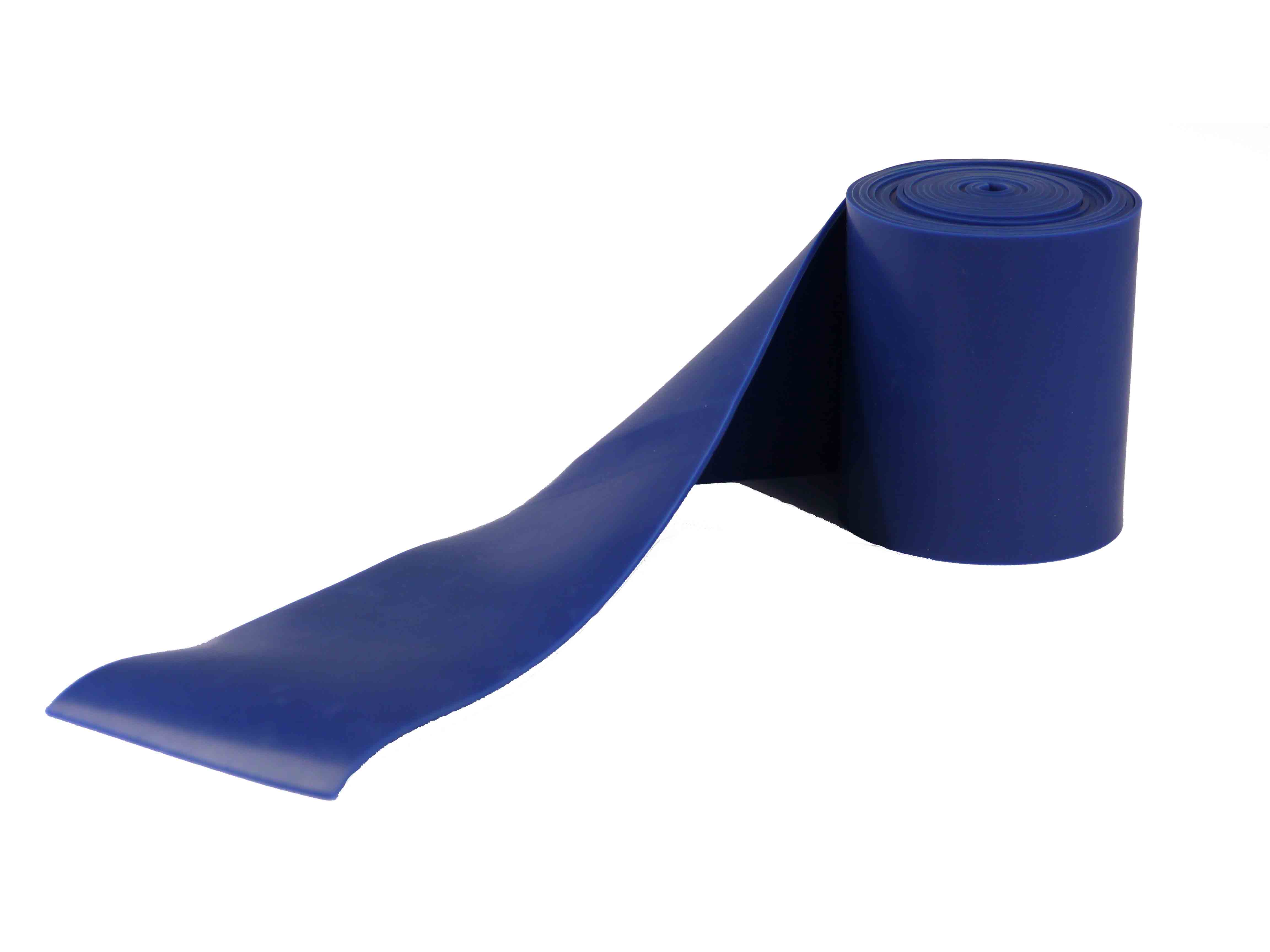
The K-Active raft straps are made of 100% natural rubber and especially suitable for "compression therapy". They are available in different widths and thicknesses, so that different body areas and heights can be treated optimally. The length was deliberately chosen at 2.40 m, so that sufficiently large areas can be treated. For this purpose we have divided the raft bands into two different colours.
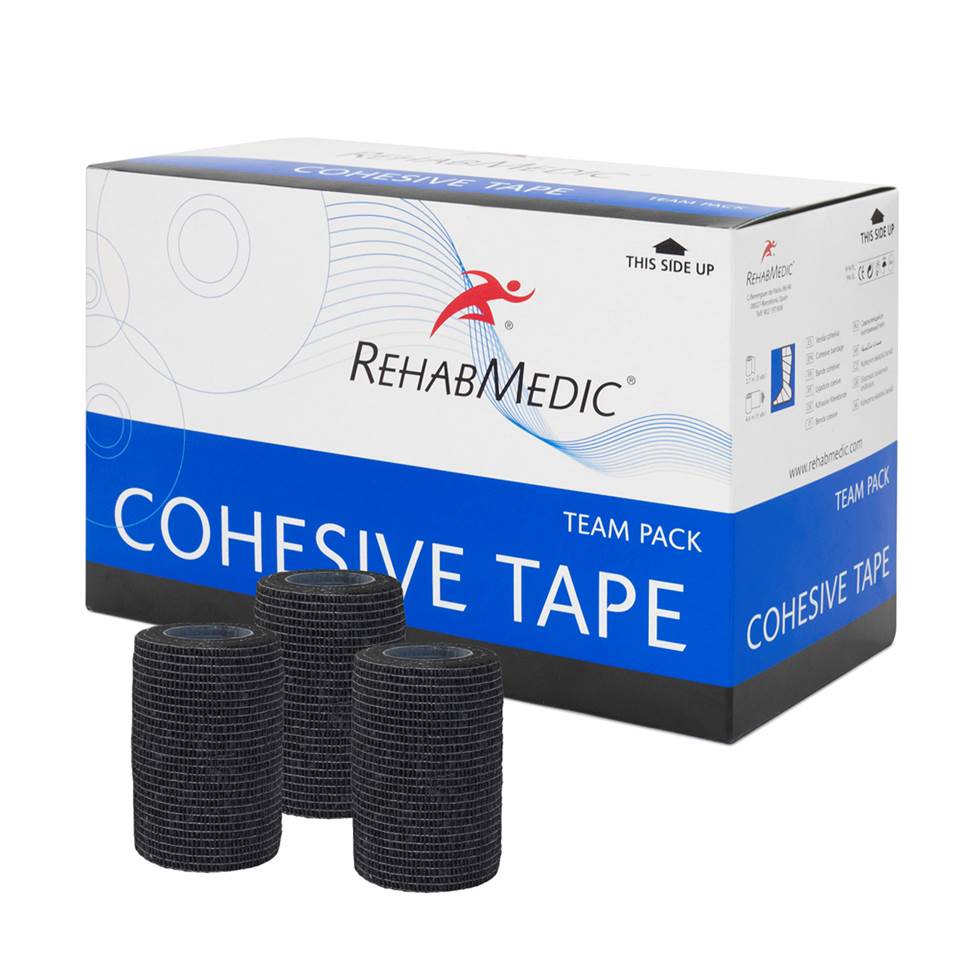
Rehab Medic® Cohesive Tape The adhesive tape is made of special stretch material. Economical and tailored to the daily needs of professionals. Its formula guarantees permanent and dry compression. Can be used for wound care (for padding). Product details: 4.6 metres long Colour: black Easy to tear by hand Pleasant and pleasant skin contact Fits all angles and body anatomies Non sterile (for external use) Can also be used as a pre-plaster to provide more comfort for the patient with other bandages. Composition: 97% polyester viscose and 3% elastane

Cramer® Flex-I-Wrap The Flex-I-Wrap from Cramer® is a self-adhesive cellophane roll on a hand dispenser.The main benefit: After an injury, the necessary compression can be built up as with a conventional ideal bandage; at the same time, however, the wound can still be controlled from the outside.In addition, the Flex-I-Wrap can be used, for example, to fix compresses or cold packs quickly and easily to the corresponding part of the body.With the dispenser, the film can be unrolled in a flash. The film is self-adhesive and therefore stays securely in place without slipping. Advantages Control of the wound with simultaneous compression Fixation of compresses or cold packs Quick unrolling of the film with only one hand Patented built-in brake facilitates tear-off Product details Scope of delivery: 1 dispenser, 6 rolls of cellophane film Dimensions per roll: 10 cm x 198 m Thickness of the film: 0.8 millimetres

Cramer® PreTape, 48er-Box, 7 cm x 27 mDas Cramer® PreTape ist die ideal Unterlage für funktionelles Tapen im Sport- und Therapiebereich. Als hautfreundliches, elastisches Schaumstoffband wird es direkt auf der Haut angewendet und schützt zuverlässig vor Reibung und Irritationen durch Sport- und Kinesiologie-Tapes.Dank seines latexfreien, atmungsaktiven Materials eignet sich das PreTape besonders für empfindliche Haut und für längere Tragezeiten. Es sorgt für ein angenehmes Hautgefühl, ohne die Bewegungsfreiheit einzuschränken. Gleichzeitig erleichtert es das schmerzfreie Entfernen des darüberliegenden Tapes und reduziert Hautbelastungen deutlich.Mit einer Breite von 7 cm und einer Länge von 27 m pro Rolle ist das Cramer® PreTape vielseitig einsetzbar. Die 48er-Box ist ideal für Vereine, Praxen und medizinische Einrichtungen mit hohem Verbrauch.Produktvorteile auf einen BlickHautfreundliches, elastisches Schaumstoff-UnterzugbandLatexfrei und atmungsaktivSchützt die Haut vor Reibung und IrritationenErleichtert das schmerzfreie Entfernen von TapeverbändenIdeal für Sport, Therapie und Prävention
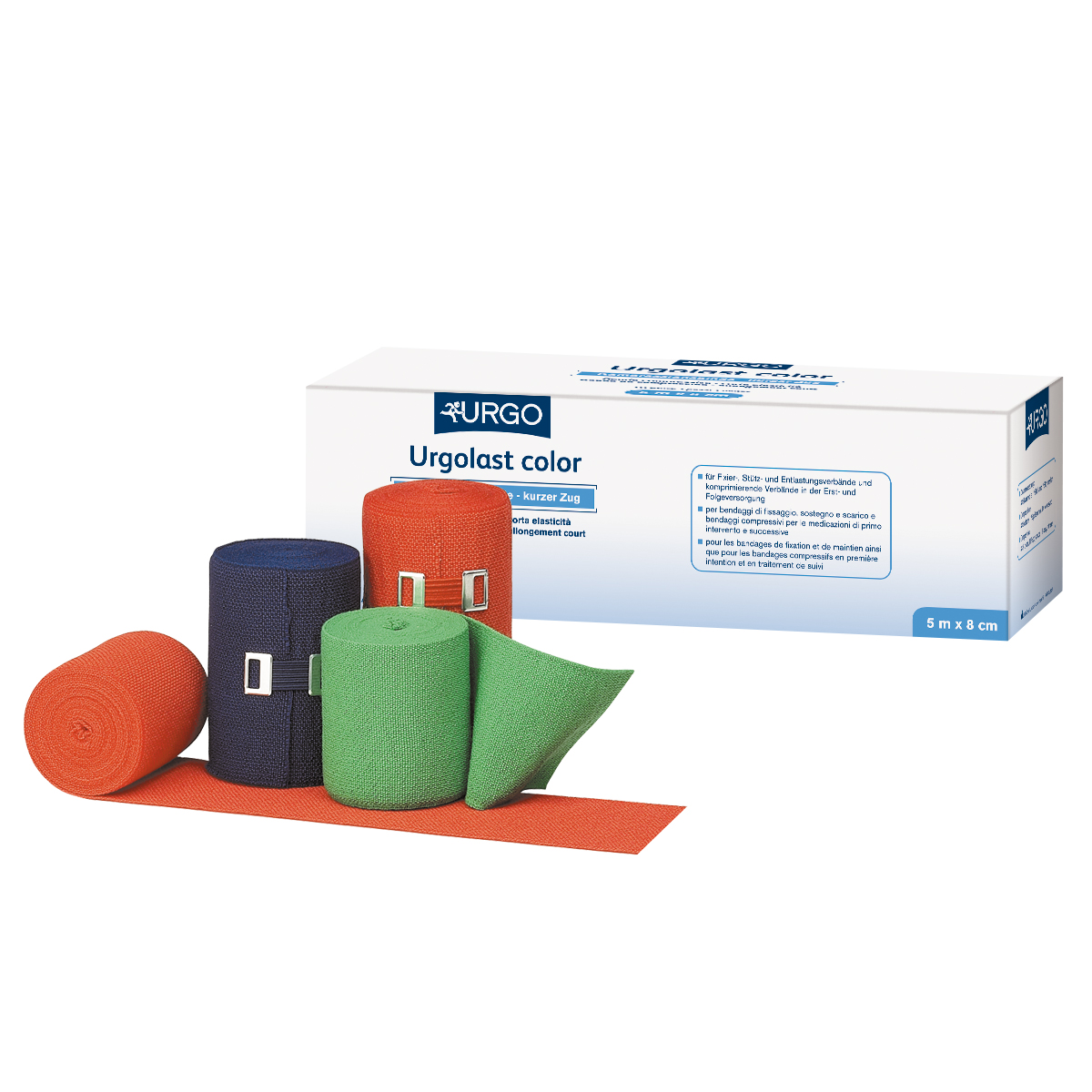
Urgolast ® color mix are permanently elastic bandages with short pull. Due to the high cotton content the bandages are very skin-friendly. The porous fabric ensures good air circulation. The Elongation is about 70 %. The bandages are comfortable to wear and absorbent. They are washable and colourfast. Composition: 88 % cotton, 11 % polyamide, 1 % polyurethane Characteristics: soft, permanently elastic, woven edge, washable, colourfast, with coloured bandage clips Elongation: approx. 70 % Fields of application: for light compression bandages, support or relief bandages, for fixing splints Contraindications: Advanced peripheral arterial occlusive disease, decompensated heart failure, septic phlebitis, phlegmasia coerulea dolens, due to diabetes mellitus triggered neuropathy Product details: Content: 10 pieces
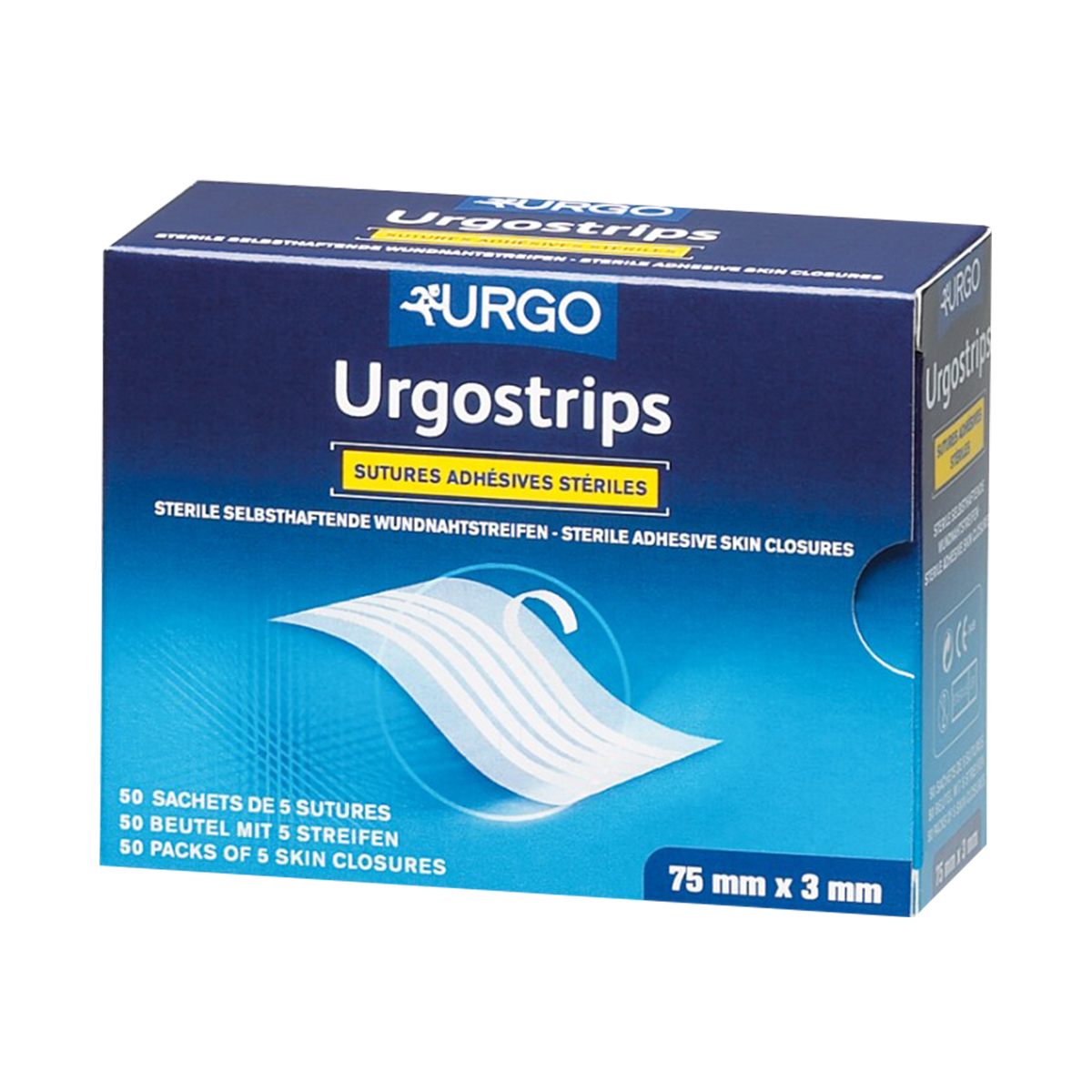
Urgostrips® are sterile wound suture strips. The carrier material consists of white polyester fleece. The strips are attached to the skin with an acrylic adhesive. Fields of application: Postoperative wounds Superficial wounds Further features: sterile applied to silicone protection paper with high tensile strength good adhesion high skin tolerance in a peel bag sterilized with ethylene oxide Application: For single use only. To avoid possible additional infection, it is recommended to cover the wound with an antiseptic plaster. Contraindications: Do not use for inflamed or haemorrhagic wounds. Do not use on the eyes. Do not attach to joints. Different sizes: 75 mm x 3 mm (50 bags of 5 strips each) 75 mm x 6 mm (50 bags of 3 strips each) 100 mm x 6 mm (50 bags of 10 strips each) 100 mm x 12.5 mm (50 bags of 6 strips each)
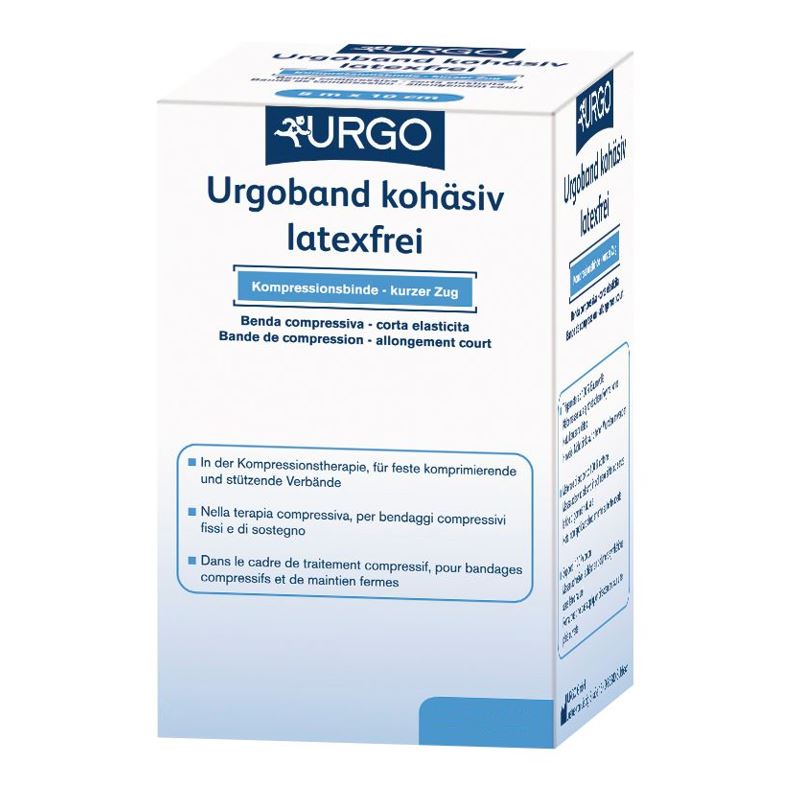
Urgo® Urgo bandage Urgoband is an air-permeable compression bandage with short pull. It is particularly sustainable because it is washable and can therefore be reused as often as required. Even after prolonged use, it does not lose its elasticity. Product details: Content: 10 rolls Length per roll: 5 m Color: skin colored Washable Air permeable and skin friendly High working pressure Woven edged and longitudinally elastic Note: Do not apply directly to open wounds. May only be used on intact skin. Contraindications: Advanced, peripheral arterial disease, decompensated heart failure, septic phlebitis, phlegmasia coerulea dolens, neuropathy triggered by diabetes mellitus. Relative contraindications: pronounced weeping dermatoses intolerance to compression material severe sensitivity disorders of the extremity advanced peripheral neuropathy (e.g. diabetes mellitus) primary chronic polyarthritis
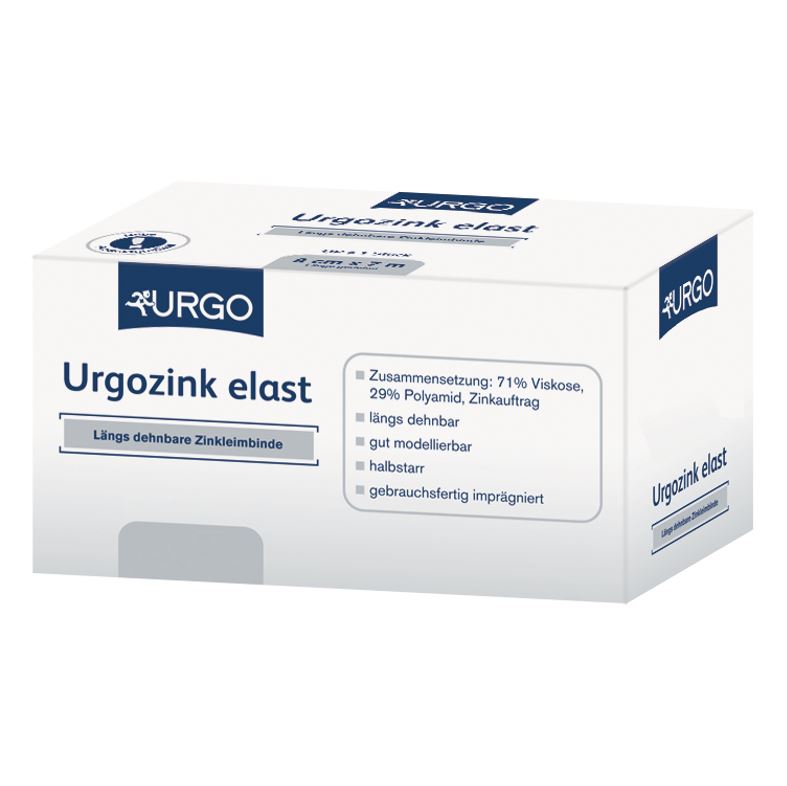
Urgo® Urgozink elast Urgozink elast is the longitudinally stretchable zinc paste bandage of the Urgo® brand. It is easy to model and therefore very easy to apply, even to conical body parts or joints. The zinc paste bandage is particularly suitable for semi-rigid support, compression and relief bandages. Fields of application: Support and compression therapy Compression therapy of chronic venous diseases, thromboembolic venous diseases and edema Support and relief bandages after injuries of the postural and locomotor system Follow-up treatment for the removal of plaster casts Product details: Contents: 10 rolls Dimensions per roll: 5 m x 8 cm Color: white Stretchable lengthwise Semi-rigid, selvedged Easy to model, easy to apply Impregnated ready for use Non-slip Note: Open wounds must be covered with a suitable dressing. Intended for single use only. May only be applied to intact skin. Contraindications: Advanced peripheral arterial disease (if any of the following apply: ABPI < 0.5, ankle blood pressure < 60 mmHg, toe blood pressure < 30mmHg or TcPO2 < 20 mmHg in the instep). Decompensated heart failure Septic phlebitis Phlegmasia coerulea dolens
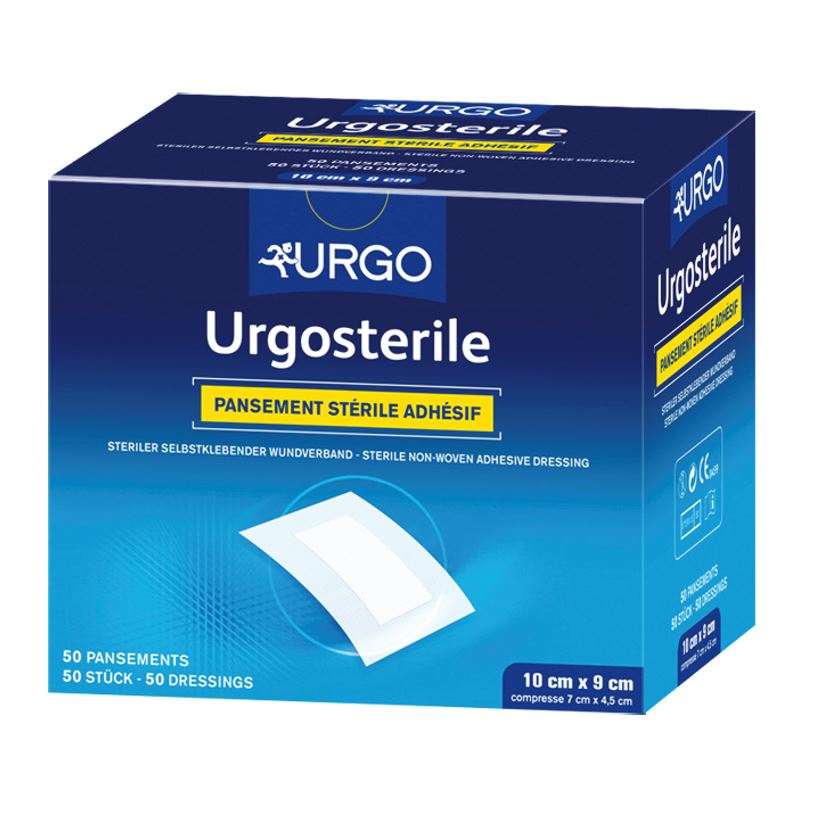
Sterile wound dressing - in peel bag Carrier material: white polyester fleece Adhesive: polyacrylate adhesive Wound pad: made of polyester and viscose with a protective fleece made of polyethylene Fields of application: For covering postoperative, sutured and traumatic wounds Other properties: transversely stretchable, breathable, cuddly, sterile, high skin compatibility, all-round adhesive, can be gently removed without leaving adhesive residue, special protective fleece prevents Bond to the wound, sterilized with ethylene oxide Application: For single use only Product details Content: 50 pieces
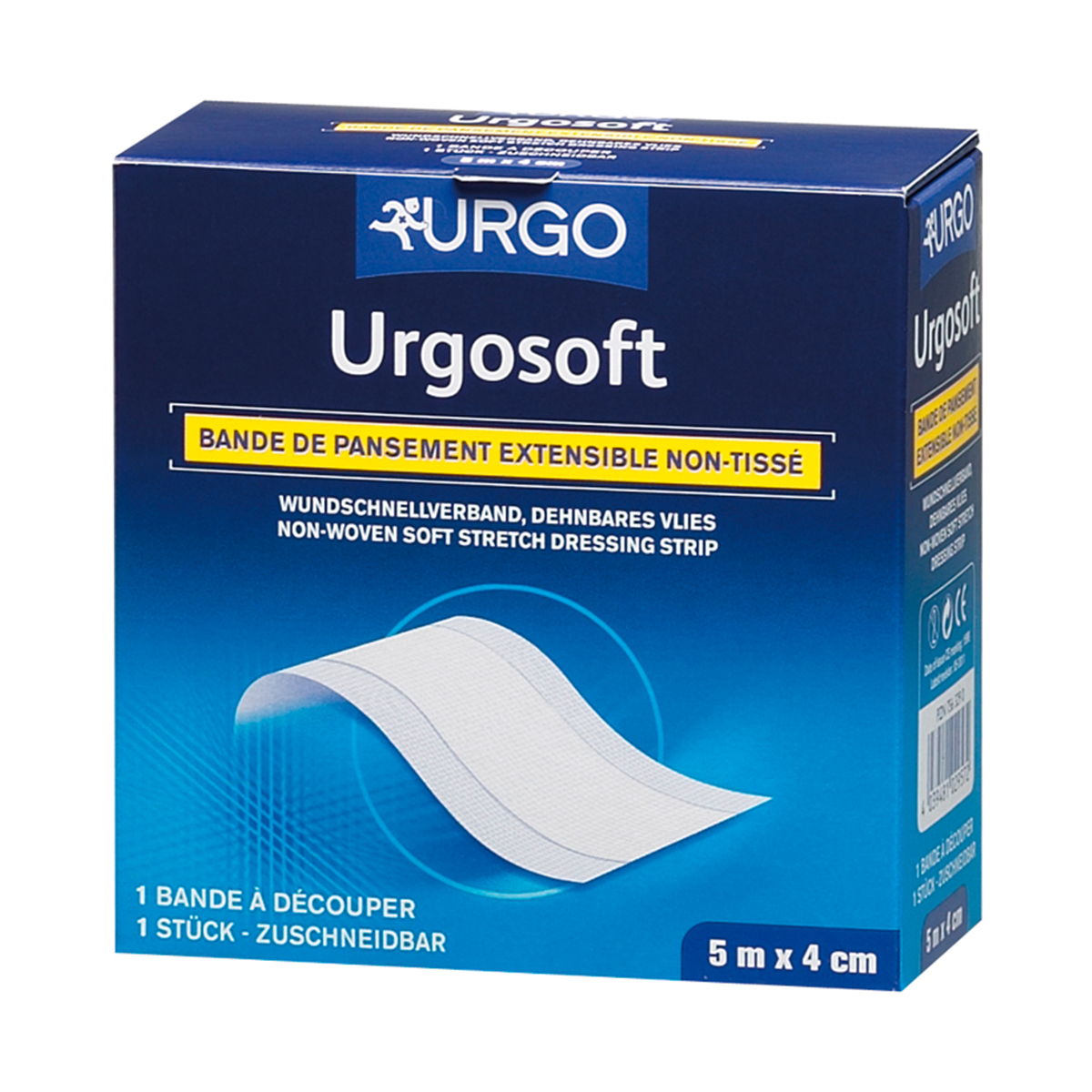
Rapid wound dressing for sensitive skin Carrier material: skin-coloured fleece Adhesive: Acrylic emulsion Wound pad: made of viscose with a protective fleece made of polyethylene Fields of application: For covering minor injuries of sensitive skin Other properties: can be cut to size, stretchable, cuddly, high skin compatibility, breathable, good oxygen supply to the skin due to the wavy applied adhesive, good Adhesive strength, can be gently removed without leaving adhesive residue Application: For single use only
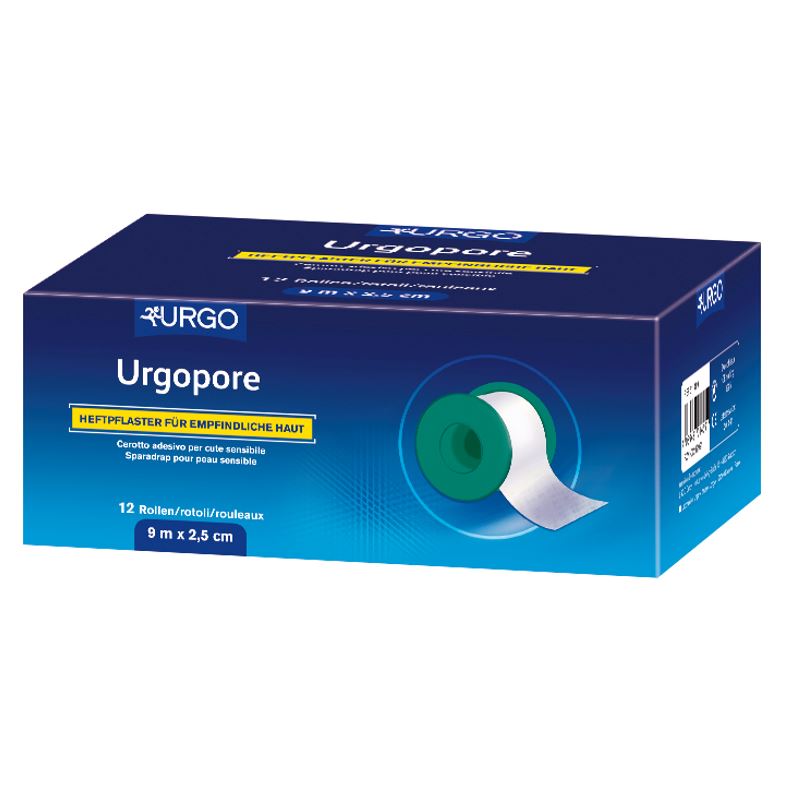
Urgo® Urgopore Urgopore is a white non-woven plaster for securing wound dressings and bandages. Its microporous fabric ensures that the underlying skin can breathe. The special adhesive is hypoallergenic, making it suitable for use on sensitive and damaged skin. Important note: Urgopore must not be applied directly on injured or damaged skin, on moist skin and on mucous membranes. Application: For optimal adhesion, the skin should be cleaned, disinfected and then rinsed and dried. The fixation patch should be changed daily. Product details: Contents: 12 rolls Dimensions per roll: 5 m x 2,5 cm Color: white Hypoallergenic adhesive Side Effects: Like any plaster, this product may cause skin reactions such as irritation or dermatitis. To reduce the risk of infection or skin reactions: Follow directions for use carefully. Do not reuse used patch. Do not apply to eyes or mucous membranes. Do not use after the expiration date. Do not use the product if it is damaged. Important Instructions: Keep out of reach of children. Do not apply the patch directly to damaged skin or to mucous membrane or moist skin. Do not sterilize. The simultaneous presence of fatty products or hair may impair the adhesive force and cause detachment of the attached medical device (wound pad, catheter,...). When applying to the elbow, apply the fixation patch in the direction of the folds of the elbow. Prolonged application on moist material and application in the area of joints or in areas under tension may compromise the adhesive strength and delay wound healing (infection due to lack of adhesion of the attached medical device, multiple dressing changes, etc....). The attachment of the medical device must have been explained or demonstrated by a healthcare professional.
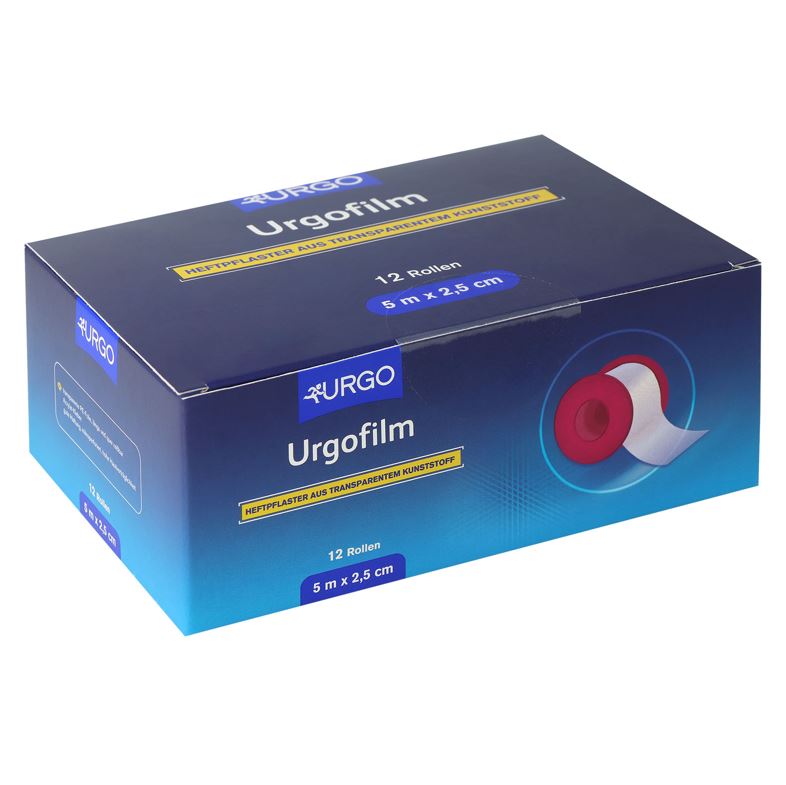
Urgo® Urgofilm Urgofilm is a transparent skin adhesive tape for securing wound dressings and bandages. The transparency allows observation of the underlying tissue.The fixation patch is microperforated, allowing the skin to breathe. It is also radiolucent and highly adhesive. Important Note: Urgofilm should not be applied directly to injured or damaged skin or mucous membranes. Application: For optimal adhesion, the skin should be cleaned, disinfected and then rinsed and dried. The fixation patch should be changed daily. Product details: Contents: 12 rolls Dimensions per roll: 5 m x 2.5 cm Color: transparent Properties: micro-perforated, radiolucent, strongly adhesive, discreet Contraindications: Attachment of moist material or probes. Side effects: This patch may cause skin reactions such as redness, irritation or dermatitis. In case of local reactions or itching, discontinue use of the product and consult the appropriate physician. To reduce the risk of infection or skin reactions: Follow directions for use carefully. Do not reuse used patch. Do not apply to eyes or mucous membranes. Do not use after expiration date. Do not use the product if it is damaged. Important Instructions: Keep out of reach of children. Do not apply patch directly to damaged skin or mucous membranes (risk for irritation, ulceration or pain). Do not sterilize. The simultaneous presence of fatty products or hair, or application on wet material or in the area of joints, may compromise the adhesive strength and cause detachment of the attached medical device. This may cause a delay in the healing process (infection due to lack of adhesion of the attached medical product, multiple dressing changes, etc.).
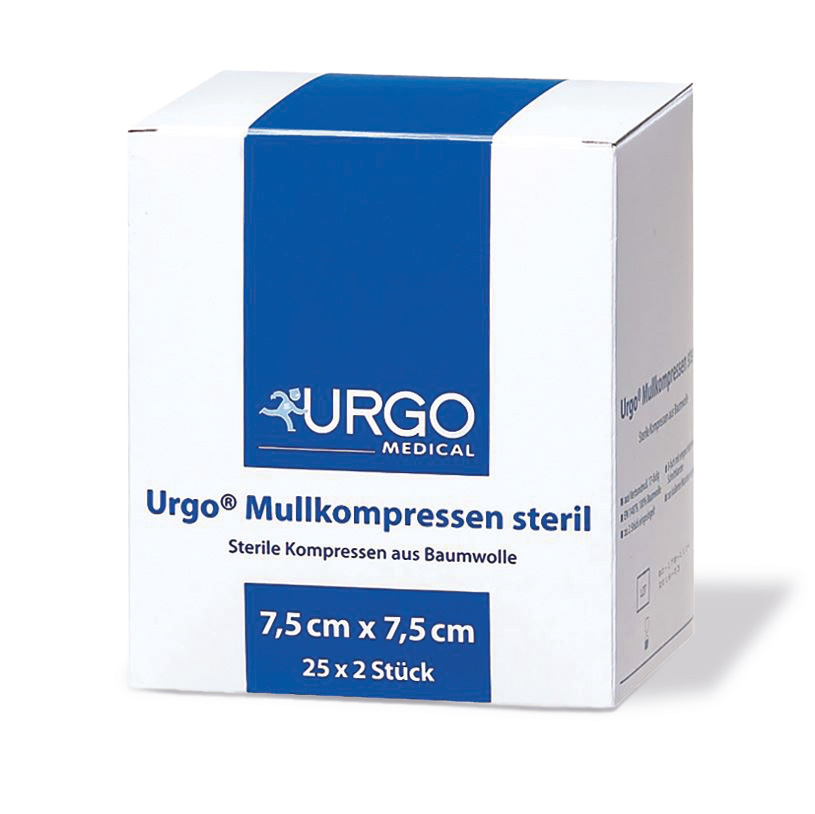
Urgo gauze compresses Sterile and non-sterile Compresses made of cotton Application areas: For supply surface wounds Composition: 100 % cotton Further features: 17-thread, made of gauze according to DIN EN 14079, 8 layers, universal use, available as sterile and non-sterile gauze dressings, with folded edges, sterile gauze dressings of 2 pieces each sealed Application: For single use only

Urgo gauze compresses Sterile and non-sterile Compresses made of cotton Application areas: For supply surface wounds Composition: 100 % cotton Further features: 17-thread, made of gauze according to DIN EN 14079, 8 layers, universal use, available as sterile and non-sterile gauze dressings, with folded edges, sterile gauze dressings of 2 pieces each sealed Application: For single use only
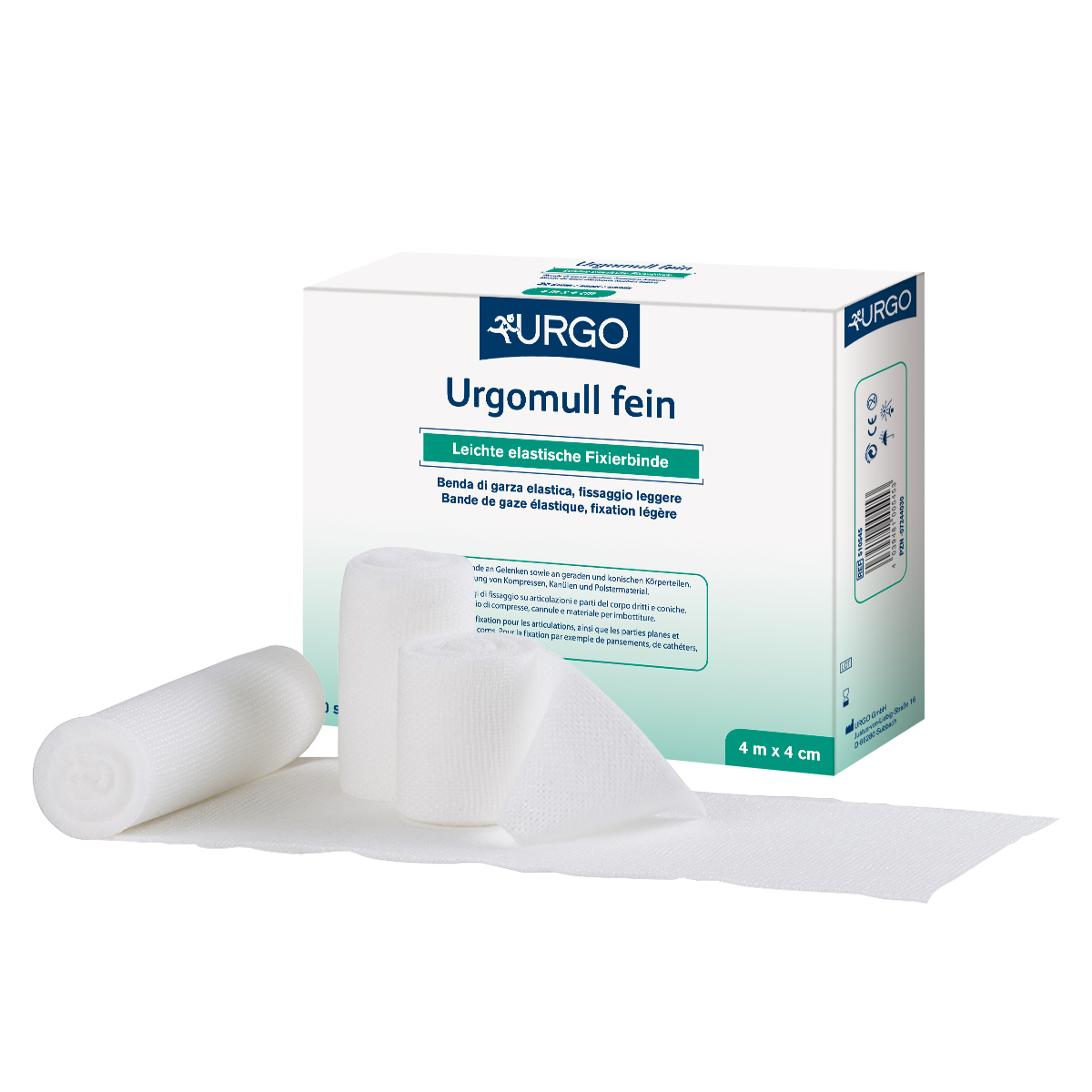
Urgomull® fine is an elastic gauze bandage for easy fixation of wound dressings. Due to the material properties of cotton and polyamide, the bandage is characterised as soft, non-slip, absorbent and easy to model. Fields of application: For easy fixation of wound dressings, splint material and cooling elements Composition: 59% polyamide, 41% cotton Application: For single use only Further features soft non-slip skin-friendly fine weave structure well modelable Product details Content: 20 pieces
What belongs to dressing material
In accident situations, you should act quickly to prevent bleeding and infections or to avoid unfavourable scarring. With dressing materials, you can start treating wounds immediately and directly support the healing process. Dressing material includes all kinds of utensils that are used for quick wound care and wound treatment. It is especially helpful for the initial treatment of small or medium-sized wounds. Since you never know when small accidents will happen, you should always have bandages in your medicine cabinet.
Bei uns im Shop findest du folgende Produkte für den Erste-Hilfe-Einsatz:
- Adhesive bandages
- Underbandage bandages
- Plasters
- Padding material
- Compresses
- Bandage scissors
When are bandages used?
Minor injuries happen without notice. Especially families with small children have to expect accidents or minor injuries at any time. Playing around can quickly result in a banged-up knee or a cut. Injuries can also easily occur during sporting activities. In such situations, it is important to act quickly. In order to be able to bandage cuts or other small wounds, at least in a makeshift manner, it is important to have enough bandage material within reach.
Dressing material can be used as:
- Support bandage
- Wound dressing
- Plaster cast
- Compression bandage
- Fixation bandage
Buying dressing material
In order to be able to treat wounds properly, it is important that you first clean and disinfect the wound thoroughly. Then, depending on your needs, you can choose the appropriate dressing material to protect the wound and support the healing process. For smaller injuries, such as cuts, plasters are usually sufficient to cover the wound. However, if the wound is more extensive, it should be protected from contamination with a bandage or bandage. In the following we offer you an overview of our dressing materials.
Adhesive bandages
Adhesive bandages are bandage material for applying and fixing functional bandages. The self-adhesive bandages allow you to work quickly and efficiently. They are also excellent as an initial measure for light sports injuries and for support and fixation bandages with light compression.
Underpull bandages
Underpull bandages are thin foam bandages and serve as a skin-friendly textile base for functional bandages. They are applied to protect the skin under tape dressings or are used to cover abrasions under plasters and adhesive bandages. Underpull bandages are cohesive, which means that they adhere to themselves but not to the skin.
Plasters
Plasters are particularly useful for protecting small cuts, scrapes and bruises from dirt, germs and moisture. They close the wound securely and enable uncomplicated wound healing. In our range of plasters you will find different sizes, shapes and materials of these little helpers.
Padding material
Padding material is used as a protective and compression material for bandages and splints as well as for wound treatment. It prevents painful pressure points on bones, joints and skin tissue when bandages are applied. Due to its skin-friendly material, padding material allows for a long wearing time without irritating the skin. To keep the padding in place, a fixation bandage is also used.
Compresses
In the case of injuries and open wounds, compresses protect the wound from external influences. They are used for bleeding or oozing wounds or cut to size to be used as swabs. The absorbent material can stop bleeding and, when used in combination with an ointment, support the general healing process. Compresses are available both sterile and non-sterile.
Bandage scissors
Bandage scissors can be used to safely cut through bandages, plasters or dressings or to cut them to the right size. In contrast to classical scissors, bandage scissors are equipped with a safety nose on the scissor blade. This makes it possible to lift the bandage and cut through dressings without damaging the patient's skin.
